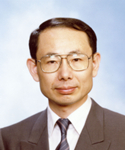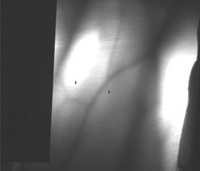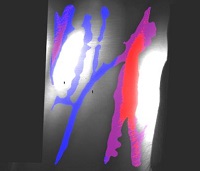
Prof. Koichi Shimizu
Xidian University, China and Waseda University, Japan
Title: Noninvasive functional trans-body imaging of animal bodies using near-infrared light
Abstract:
The significance of non-invasive imaging in modern medicine is well recognized, with X-ray, MRI, and ultrasound imaging being routinely used. However, each modality has its own inherent challenges, such as radiation exposure, bulky equipment, and limited spatial resolution, respectively. While these methods are effective for visualizing body structures, they fall short when it comes to imaging physiological functions in vivo. To address this limitation, we have focused on the deep penetration depth of near-infrared (NIR) light through biological tissues and have worked to overcome technical challenges with a view toward the practical application of NIR transillumination imaging. NIR imaging offers the significant advantage of leveraging principles of spectroscopy that have been highly developed. For instance, the difference in absorbance spectra between oxygenated and deoxygenated hemoglobin can be used to distinguish arteries and veins in NIR transillumination images of the human arm. Additionally, it can be applied in animal experiments, such as imaging active cerebral areas in response to somatosensory stimulation. All of these measurements can be performed non-invasively and are expected to provide valuable new tools in medical and biological research in the future.


(a) (b)
Fig. Example of functional imaging:
(a)
Transillumination image of human adult arm,
(b) arteries (red), veins (blue), juxtaposition
(purple).
Biography:
Koichi Shimizu received M.S. and Ph.D. degrees, from University of Washington (UW), Seattle, USA in 1976 and 1979, respectively. He was a Research Associate in University of Washington in 1974-79. He was an Assistant Professor, an Associate Professor, and a Professor in Hokkaido University, Sapporo, Japan in 1979-2016. He was a Professor in Waseda University in 2016-2021. He is currently a Professor of Xidian University, China, an Invited Research Professor of Waseda University, Japan, and a Professor Emeritus of Hokkaido University, Japan. He has been engaged in the studies of biomedical engineering including those of wave propagation in biological media, optical imaging and measurement, biotelemetry, and biological effects of electromagnetic field. He served as an associate editor of IEEE Trans. ITB in 1999–2007. He has been a Fellow of the Electromagnetics Academy, and an editorial board member of Scientific Reports, Nature.